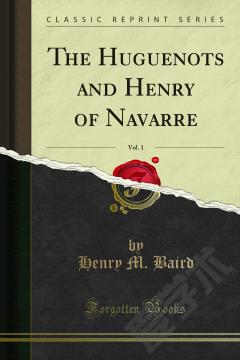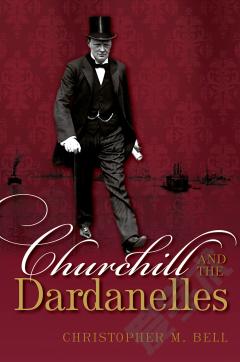Henry Purcell's Dido and Aeneas
Purcell's "Dido and Aeneas" stands as a great operatic achievement of 17th-century England, despite the fact that it was originally composed not for the public theatre but for a private girls' school in Chelsea and takes little more than an hour to perform. In this study, Ellen Harris examines the work's historical position in the Restoration theatre, and shows that, far from being an operatic anomaly, it was deeply rooted in 17th-century English theatrical and musical traditions. She also summarizes the cultural climate in which "Dido and Aeneas" was composed, surveying the choice of subject matter and analyzing Nahum Tate's libretto in the light of 17th-century English conventions on the writing of text for musical setting. The various surviving sources - all of which postdate the first performance by at least 80 years - are examined, and their inconsistencies with the original libretto discussed. The book also provides detailed coverage of contemporary musical declamation and ground bass composition, as well as the work's performance history and critical reception, from the first performance, through the late 18th century.
{{comment.content}}








 京公网安备 11010802027623号
京公网安备 11010802027623号